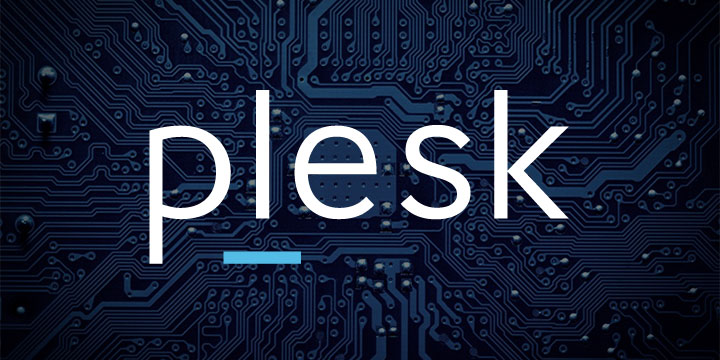
Upwork is an online platform that connects businesses and individuals with freelancers from various fields, such as writing, graphic design, programming, marketing, and more. It allows employers to find and hire talented professionals to complete specific projects or tasks on a remote basis.
Here’s a general overview of how Upwork works:
1. Registration: To get started, both freelancers and clients need to create an account on Upwork. Freelancers create a profile highlighting their skills, experience, and portfolio, while clients provide information about their company and the type of work they need to be done.
2. Job Posting: Clients post job listings describing the project requirements, including the scope of work, budget, timeline, and any specific skills or qualifications they are seeking.
3. Freelancer Search: Freelancers can search for available jobs using Upwork’s search filters, such as job category, skills required, budget range, and location. They can also receive job recommendations based on their profile information.
4. Submitting Proposals: Freelancers submit proposals to clients, expressing their interest in a particular job. Proposals typically include a cover letter, a bid amount, and any relevant samples or portfolio links to showcase their capabilities.
5. Client Selection: Clients review the received proposals, including the freelancers’ profiles, work history, and feedback from previous clients. They may conduct interviews or request additional information before selecting a freelancer for the project.
6. Project Collaboration: Once a freelancer is hired, the client and freelancer collaborate through Upwork’s platform. They communicate, share files, and track the progress of the project using Upwork’s messaging system, file-sharing tools, and project management features.
7. Hourly Work: For hourly projects, freelancers use Upwork’s time tracking software to log their work hours. Clients are billed based on the logged hours, and payment is processed through Upwork.
8. Milestone Payments: For fixed-price projects, clients can set milestones or project deliverables. Payments are released by the client when each milestone is completed and approved.
9. Feedback and Ratings: At the end of a project, clients can provide feedback and rate the freelancer’s performance. Likewise, freelancers can rate their experience working with the client. These reviews and ratings contribute to the overall reputation and credibility of both parties on the platform.
10. Payment Processing: Upwork facilitates secure payment transactions between clients and freelancers. Clients are billed for the work completed by freelancers, and freelancers receive payment through various methods, including direct deposit, PayPal, or wire transfer. Upwork deducts a service fee from the freelancer’s earnings.
It’s important to note that Upwork offers additional features and services, such as dispute resolution, work diaries, and optional premium memberships with enhanced benefits. The platform aims to provide a streamlined and transparent process for connecting freelancers and clients while ensuring fair and secure transactions.




















